All about the softest wood
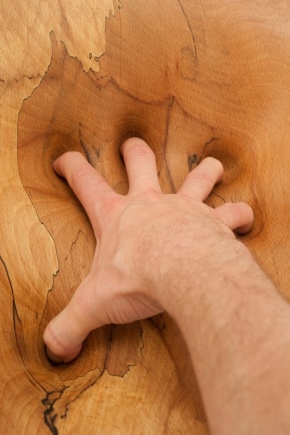
The quality of lumber depends on the type of wood, which is determined by the main features and differences. Each breed is characterized by specific external signs. To determine them, you need to consider the cross-section of the felled trunk.
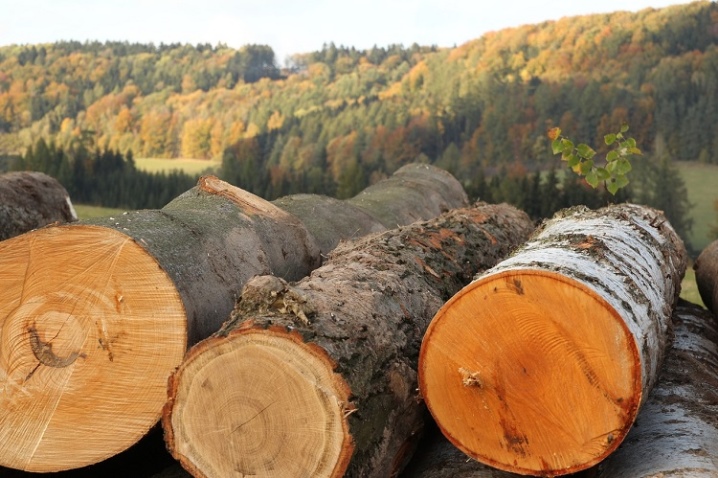
Peculiarities
Soft wood differs from hard wood in lower density. It needs to be treated with special compounds to prevent rotting and the appearance of pests on it. There is a strong demand for softwood varieties in the construction industry. The material goes on sale in the form of boards, beams, profiles, logs or lining.
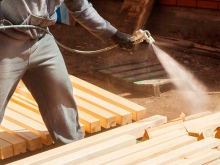

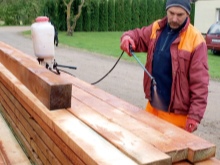
Wood of soft varieties is harvested in large volumes by forestry. Large-scale tree plantations are regularly established to replenish dwindling resources, given that such trees have a final maturation cycle of approximately 60 years.... Processing soft wood species is not difficult. But the execution of some complex elements still fails.
Optimum characteristics are demonstrated by medium-hard breeds: elm and birch.
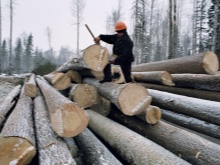
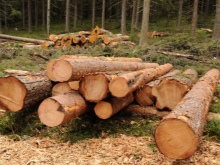
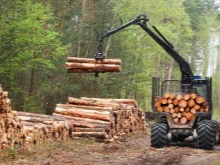
The softest wood in the world is from South American balsa. This forest tree was once actively used by the Indians for the manufacture of rafts. Balsa grows so fast that it does not even have the typical tree rings. Its structure is solid fiber filled with water. Dried wood becomes harder than oak, while its weight per 1 cubic meter. m. is only 120, This figure is half that of the bark of a cork tree. Balsa is used in the aircraft and ship industries and is also an excellent insulating material.
Deciduous plants such as chestnut, linden, and poplar belong to soft types of wood with a coefficient of up to 40 MPa.
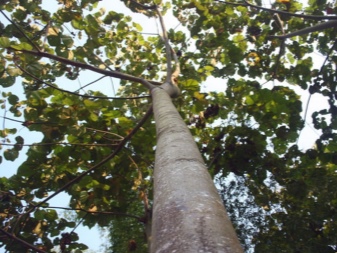
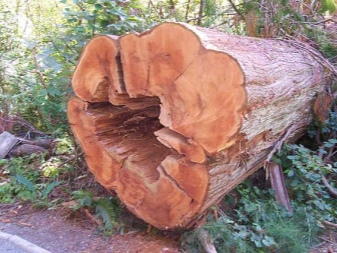
Conifers overview
Different types of wood differ in color. It is influenced by such factors:
- breed;
- the age of the tree;
- growth rate;
- the amount of the content of coloring pigments.
The structure does not differ in the variety that is characteristic of hard varieties. Basically, this is a light, knotty fabric with fibers tightly adjacent to each other.
Most coniferous varieties are classified as soft breeds. They grow quite quickly, so their cost is lower than that of other similar materials. Taking into account the fact that due to its softness, such wood is easy to process, it is understandable why it is so widely used in furniture production. This type of wood is also suitable as a raw material for the production of veneer, paper and plywood.
It is willingly processed by craftsmen, making products with intricate carved elements and all kinds of handmade decor.
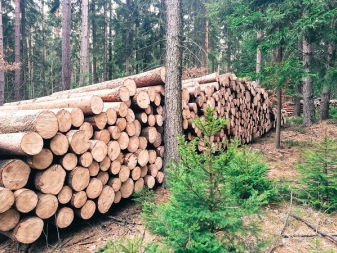
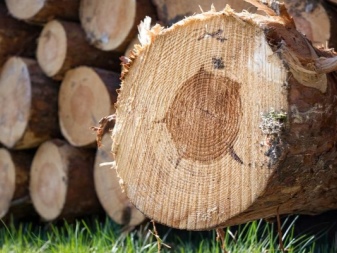
List of territories where coniferous trees grow:
- Canada;
- Scandinavian countries;
- United Kingdom;
- northern regions of America and Russia, many regions on the territory of the former USSR.
In terms of its quality, wood from the cold regions of the north is somewhat superior to similar material from regions where the climate is warmer.


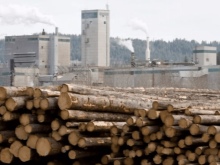
Fir
Fir wood is used in the pulp and paper industry, the construction industry, and to create musical instruments. In medicine, fir is used to make healing oil. The characteristics of fir wood are similar to those of spruce: light, not resistant to decay.
This significantly limits the scope of its application.
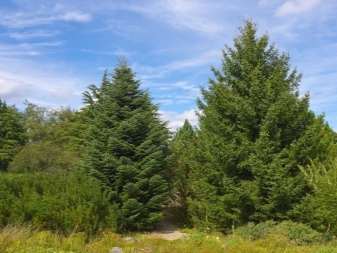

Siberian pine (cedar)
It is used in the field of construction, carpentry, for the manufacture of stationery pencils, furniture. Physical and mechanical properties, in general, are identical to spruce and fir, but pine is more resistant to decay. Moreover, its wood is easy to process. Cedar is widely used in furniture production, for making various types of artistic handicrafts. Pine blanks are optimally lightweight, but strong at the same time.
When dry, the wood warps slightly, it is impregnated and painted with high quality.
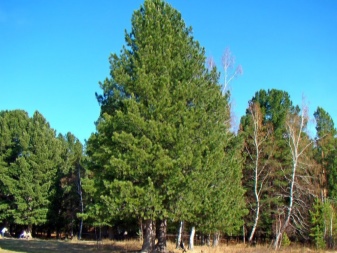
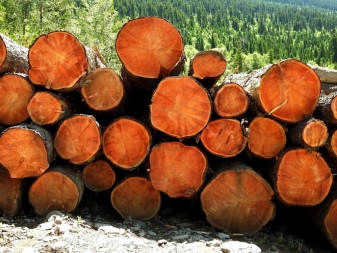
Spruce
It is mainly used in the pulp, paper and construction industries. It is the optimal material for creating furniture products, musical instruments. In addition, it is used to create tannins. As a material, spruce is somewhat inferior to pine... Although its wood is homogeneous in structure, it is more knotty, it is less amenable to processing and is poorly impregnated with antiseptics.
Due to its lower resin content, spruce holds glue well and dries faster than pine.
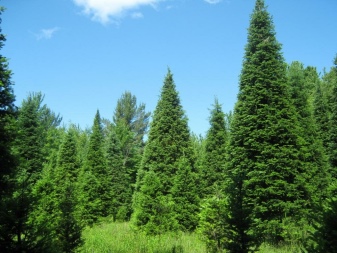
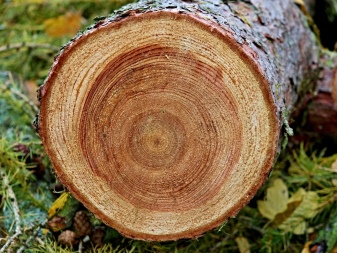
What hardwoods are there?
According to the structure, among such breeds, ring-and scattered-vascular are distinguished. The first type of structure is in hardwood, and the types of diffuse vascular are both softwood and hardwood. The list of soft woody varieties includes alder, linden, birch and aspen.
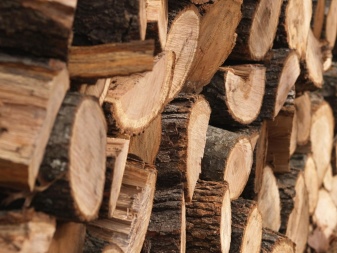
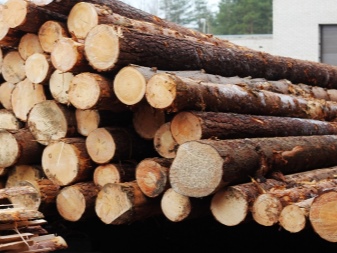
Alder
There are two types of alder trees: black and gray of a uniform structure. The plant culture got its name due to the color of the bark. Alder prefers moist soil. Only cut wood is white on the saw cut, but it turns red on contact with air. When dry it takes on an unusual attractive pink tint. Alder is not subject to shrinkage, it is very soft, does not crack and is not afraid of moisture.
Alder is used to produce plywood, turn products and souvenirs. Alder is used on a large scale for the production of joinery products. Perfectly proved itself when decorating bath rooms.
In addition, it is widely used in container production, for the manufacture of souvenirs, it is a suitable material for artistic carving.
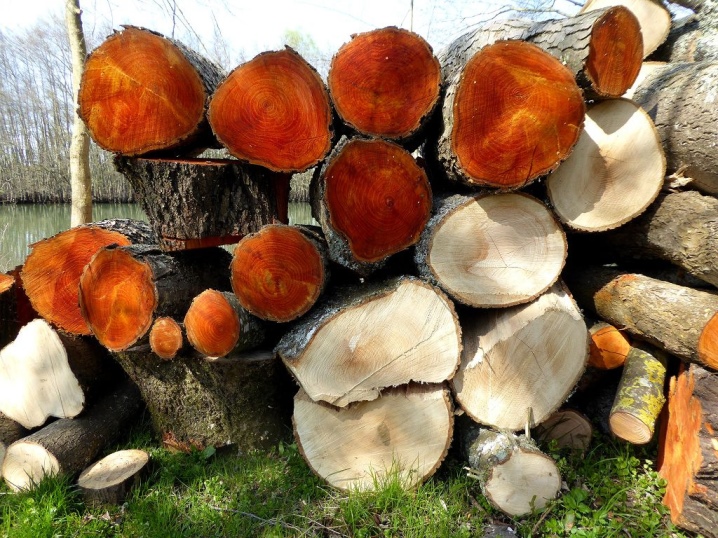
Linden
Soft-leaved species with light wood, prone to slight shrinkage, but practically does not warp or crack, flexible and easy to cut. Therefore, a variety of tableware items, drawing boards, pencils, packaging containers and much more are usually made from linden.
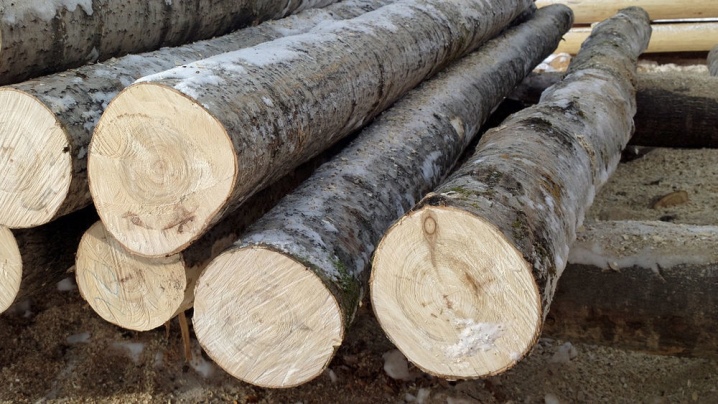
Aspen
A tree with wood of a homogeneous structure, practically not subject to shrinkage. Aspen pricks easily, retains its qualities for a long time even in high humidity conditions. Alder wood is characterized by a white color, which later becomes silvery gray. Everywhere, aspen is considered the best material for the construction of private baths; aspen lining is traditionally used to cover the walls of the steam room. For shelves and benches in the bath, it is also better to prefer this tree species.
Aspen is also suitable for the production of containers, packaging shavings, various toys, matches, dishes, viscose fiber for creating artificial silk.
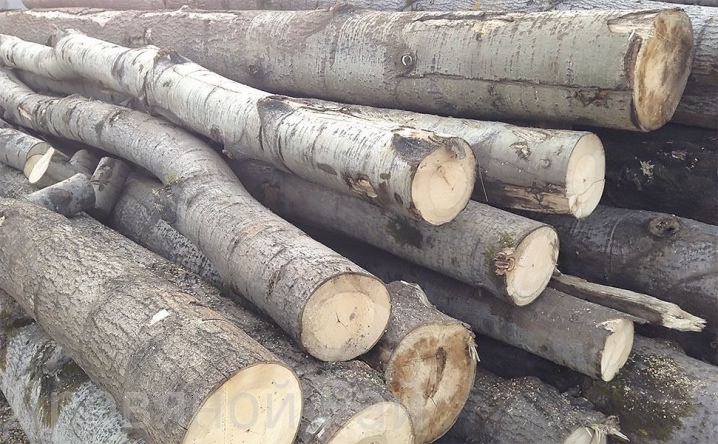
Birch
Refers to rocks of moderate hardness. In the world it is widely used in the production of skis, rifle butts, parquet boards, chipboard, fiberboard, cellulose. It is also used in the construction of residential buildings, in the furniture and plywood industry. Birch wood is not recommended for use in places with high humidity. Differs in uniform density, easily processed. An imitation of valuable wood is often created from the material, birch blanks are easy to polish, impregnate and paint.
In this case, the breed can rot and warp, which obviously narrows the scope of application of birch wood.
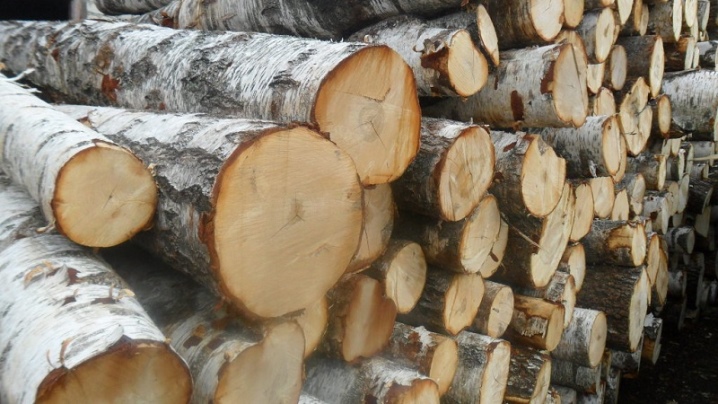
Areas of use
Soft wood is primarily used in construction: structural elements, joinery, carpentry and other "hidden" work. This material is in special demand, therefore it is often sold already in sawn form, according to the demanded standards: logs, in the form of boards, profiles and bars.
Now most of the soft varieties are purchased from legal plantations, while large producers guarantee the use of wood only from certified suppliers. In addition, softwood trees grow quite quickly, reaching the required height over a period of about 60 years.
Coniferous wood is perfect for carving, making paper, toys, furniture, building structures, buildings for various purposes, temporary and permanent structures.
To choose the right material, you need to pay attention to high-quality high-class wood.
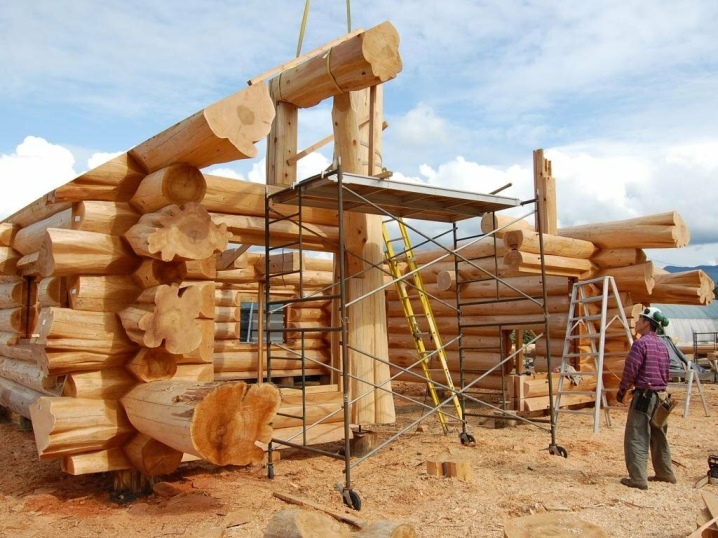
Hardwood is most suitable for inclined rafters (except birch) and battens, internal joinery partitions, and formwork. Scaffolding, fastenings in pits, fences, doors and transoms (only not external) are made of it, including used in rooms with an air humidity not exceeding 70%. In addition, this material is suitable for the manufacture of platbands, plinths, floorboards and stair steps, wooden boards for the installation of floors and partitions in rooms. In this case, a prerequisite is layer-by-layer wood preservative.
When choosing the most suitable material, it is important to consider the qualities and characteristics of a particular tree species. The durability of the structure or object created from it depends on how correctly the wood is chosen.
Therefore, this issue must be treated with attention.
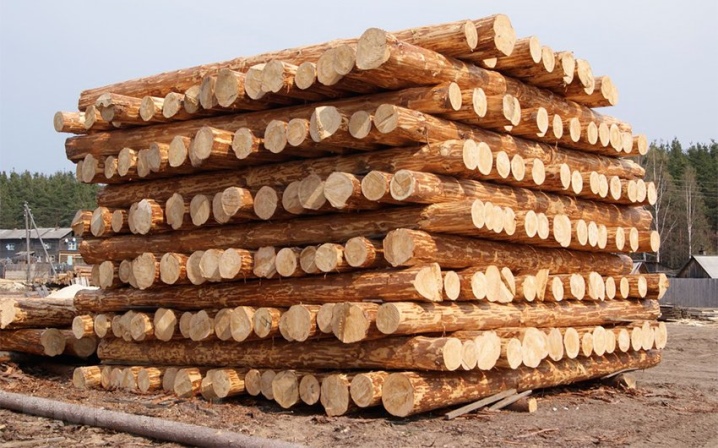













The comment was sent successfully.